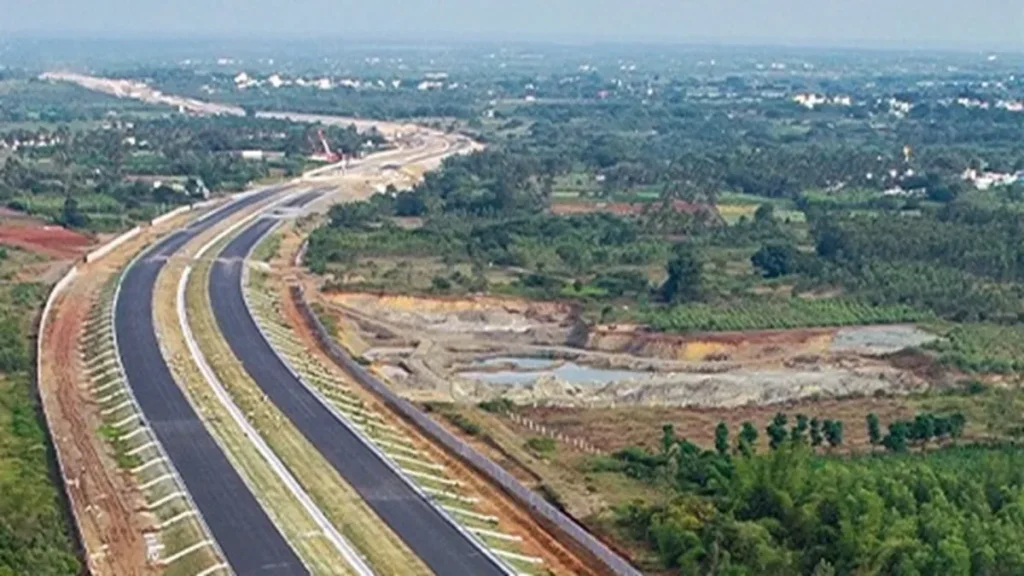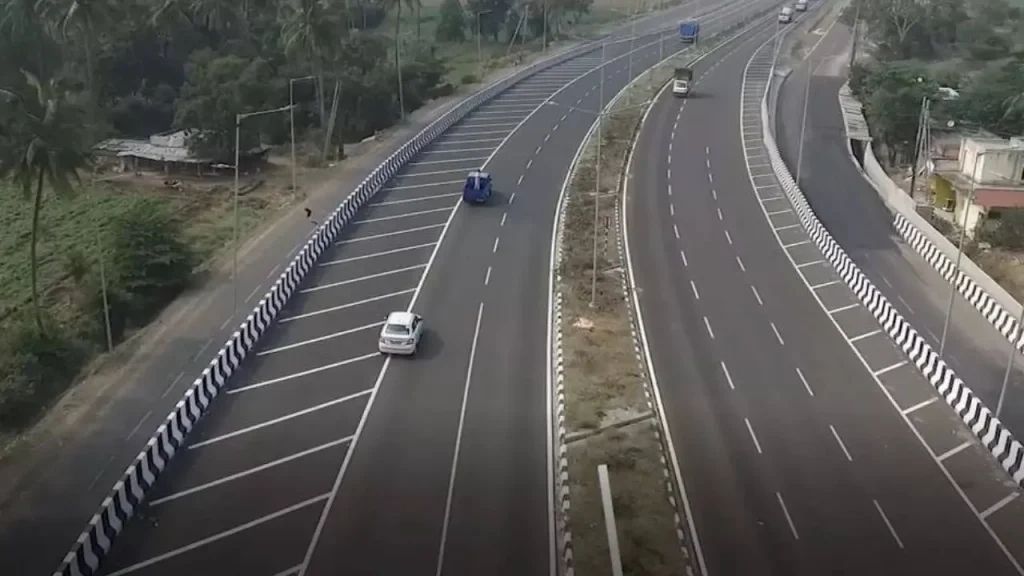The highly anticipated Bengaluru-Chennai Expressway is nearing completion in order to transform regional connectivity and spur economic growth. This state-of-the-art expressway promises to slash travel times between the two major South Indian cities, enhancing trade, commerce, and tourism. As construction advances, the expressway is set to become a vital artery in India’s expanding infrastructure network.

The Bengaluru-Chennai Expressway is a major infrastructure project under the National Highways Development Project (NHDP). Spanning approximately 262 kilometers, the expressway will provide a direct and high-speed link between Bengaluru in Karnataka and Chennai in Tamil Nadu.
Designed to accommodate speeds up to 120 km/h, the expressway is expected to reduce the travel time between Bengaluru and Chennai from the current 5-7 hours to just about 3 hours. The expressway will feature an eight-lane configuration (four lanes in each direction), ensuring smooth and efficient traffic flow, capable of handling high vehicle volumes.
As a greenfield project, the expressway is being constructed on a new alignment, avoiding congestion in existing urban areas and offering a faster route compared to traditional highways. The expressway will include modern amenities such as rest areas, service lanes, electronic toll collection systems, and safety features to enhance the travel experience. The project incorporates eco-friendly measures, such as green belts and noise barriers, to minimize its environmental impact and promote sustainability.

Moreover, the expressway will facilitate faster and more efficient movement of goods between Bengaluru, known as India’s Silicon Valley, and Chennai, a major industrial and automotive hub. This enhanced connectivity is expected to bolster trade and attract investments in both cities and along the corridor.
The expressway is likely to spur real estate development along its route, boosting property values and encouraging new residential and commercial projects in the adjoining areas. The expressway is expected to be fully operational by mid-2025, aligning with the government’s vision of enhancing national infrastructure and connectivity.
